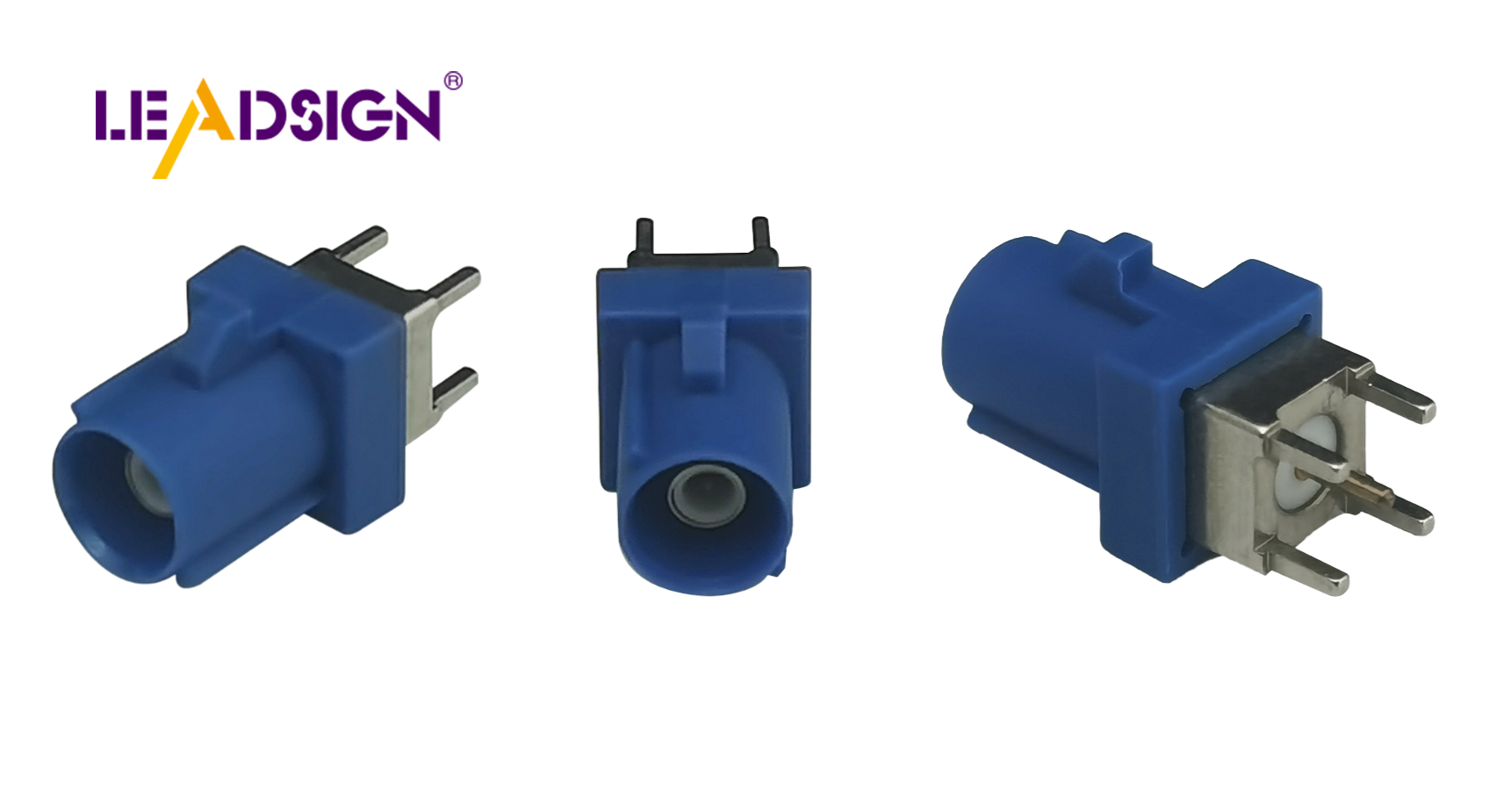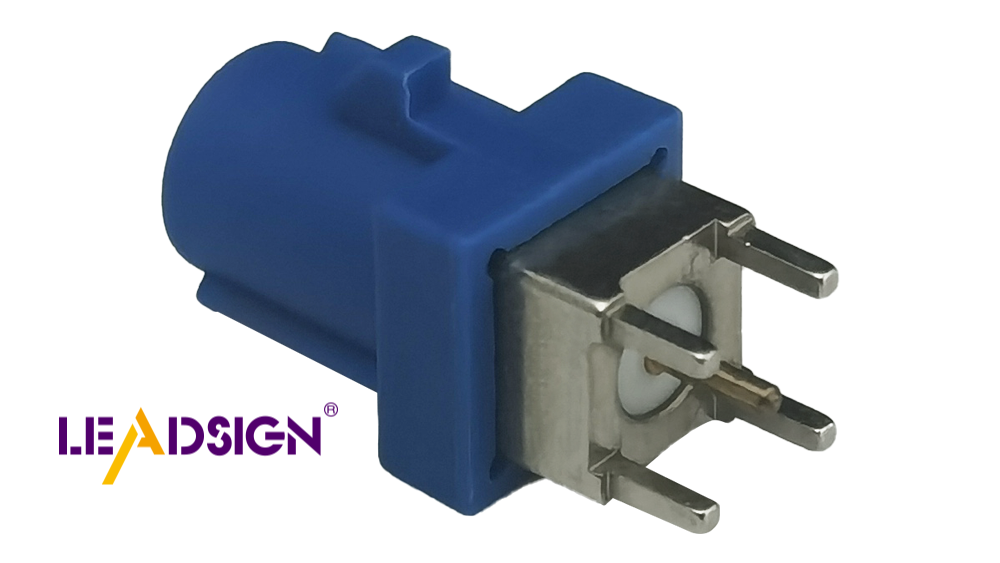How to Ensure Durability and Performance in Automotive Harness Connectors

Automotive harness connectors are crucial for safety and performance. They enable ECUs, sensors, and actuators to work together effectively. This supports essential systems like ADAS and airbags. Poor choices or lack of care can lead to rust, broken pins, or weak connections, which can negatively impact the reliability of advanced car systems.
Key Takeaways
Pick connectors that match their surroundings. Think about heat, water, and shaking to make sure they work well in hard conditions.
Use proper tools when installing. Tools like crimpers and wire cutters make strong connections and keep wires safe from harm.
Check connectors often for problems. Watch for wear, rust, or loose pieces to keep connections working and avoid breakdowns.
Picking the Best Automotive Harness Connectors
Choosing the right connectors for car wiring is very important. It helps keep your vehicle reliable and working well for a long time. By checking certain things, you can find connectors that fit your car and handle tough conditions.
Think About Use and Environment
First, think about where and how the connectors will be used. Things like heat, water, and chemicals can affect how they work. For example, trucks often face rough conditions like shaking and temperature changes. Use connectors made to handle these problems. Check the table below for common environmental effects:
How It Affects Performance | |
|---|---|
Extreme Temperatures | Can weaken materials over time. |
Moisture | Can cause rust on connections. |
Vibration | Can break or loosen connectors. |
Chemical Exposure | Can damage connector materials. |
Match Connectors to Wires
Make sure the connectors fit the wire size and type. If they don’t match, connections can be weak or signals may not work well. For things like GPS or music systems, use connectors with low resistance. This keeps signals strong and avoids problems.
Check Material and Insulation
The materials in connectors decide how strong they are. Plastic ones are light and work for most uses. Metal ones are stronger for heavy-duty jobs. Good materials also protect against water and rust. Always pick connectors that meet quality rules.
Balance Cost with Quality
Cost matters, but focus on quality and strength first. Connectors with locks and extra support may cost more but last longer. Spending more now can save you from expensive repairs later.
Best Practices for Installing Custom Wire Harness Connectors
Use the Right Tools for Installation
Using proper tools makes installation easy and damage-free. Important tools include crimpers, wire strippers, and heat shrink tubing. These tools help make strong connections and protect the wires. For big projects, automated crimping machines work well. For smaller jobs, hand-operated crimping tools are useful. Both manual and automatic tools are available to suit your needs. Using these tools ensures your wire harness connectors work well for a long time.
Follow Instructions for Secure Connections
Following instructions is key to making strong, lasting connections. Always use the right tools, like crimpers and wire strippers, as suggested. Read and follow the steps for each connector type carefully. Check connectors for damage before starting to avoid problems. After installation, secure connectors with tape or zip ties to keep them in place. These steps help your harness connectors stay reliable in different conditions.
Align Connectors and Ensure a Tight Fit
Good alignment and a tight fit keep connectors working properly. Loose or misaligned connectors can cause signal loss or system failure. Studies show many connectors are not secured properly. About 25% of indoor and 6% of outdoor connectors are loose. To prevent this, align connectors carefully and make sure they fit tightly. A snug fit reduces disconnections and keeps your wiring system working well.
Keeping Wiring Harness Systems Strong
Check Connectors for Damage Before Using
Always check connectors for damage before installing them. Broken connectors can cause problems or stop systems from working. Look for bent pins, scratches, or color changes. Check for rust or white powder, which shows corrosion. Loose parts or gaps might mean weak connections, so test resistance to be sure. Things like road salt can crack plastic parts or make them weak. Regular checks help find these issues early and keep your car’s wiring reliable.
Keep Your Workspace Clean and Neat
A clean workspace makes installation easier and better. Dirt, dust, or grease can mess up connector points. Keep tools and parts in order to avoid losing or breaking them. Store connectors and wires in closed containers to keep them clean. A neat area helps you avoid mistakes and keeps your wiring system strong. Staying organized helps you make safe and lasting connections.
Be Gentle and Avoid Sharp Tools During Installation
Handle connectors carefully to avoid breaking them. Sharp tools can cut or damage the insulation, letting water or rust in. Using too much force can bend pins or crack the casing. Use proper tools like crimpers or wire strippers for safe handling. Work gently and carefully to protect the connectors. This way, your automotive connectors will stay strong and work well for a long time.
Testing and Quality Assurance for Automotive Harness Connectors

Check Connections After Installation
Testing after setup makes sure the wiring works well. Follow a step-by-step plan for best results. First, set clear goals based on what the connector should do. Create tests that copy real-life use to see how it performs. Do stress tests to check strength and ask users for feedback. Use tools to check outputs and confirm everything is working.
Stick to the maker's instructions to avoid mistakes. Make sure connectors match the setup. Test in a special area to avoid outside problems. Watch how the system works after setup and keep backups for safety. These steps help find and fix problems early, keeping the system reliable.
Use Proper Tools for Quality Checks
Good tools are key to keeping connectors in good shape. High-quality crimpers and machines stop issues like squeezing too much or too little. Correct crimping makes strong electrical connections. Careful testing, like checking electricity, strength, and weather effects, ensures safety and reliability.
Buy tools made for accuracy and long use. These tools make work easier and improve the wiring system's quality. Check and adjust your tools often to keep them working right.
Inspect and Care for Connectors Often
Regular checks keep connectors working their best. Look for wear, rust, or damage. Check for loose parts or bent pins that might cause trouble. Clean them to remove dirt that could stop them from working.
Taking care of connectors makes them last longer. Replace broken parts quickly to stop bigger problems. Keep wires neat to avoid pulling on connectors. These habits keep your system strong and dependable over time.
Picking good wire harness connectors helps your car work well. These connectors last longer and don’t break easily. Installing them correctly stops loose wires and power problems. Taking care of them often makes them last even longer. This saves you both time and money over time.
FAQ
What are the key features to look for in automotive harness connectors?
Look for strong, high-quality materials and secure locks. Pick connectors that can handle water, shaking, and hot or cold weather.
Tip: Use connectors with two locking systems for extra safety.
How often should you inspect automotive harness connectors?
Check them twice a year. Look for rust, bent pins, or damage. Regular checks keep connections working well and avoid sudden problems.
Why is proper alignment important during installation?
Good alignment stops loose connections and keeps signals strong. If connectors are not aligned, systems may fail or stop working.
Note: Always check alignment carefully before locking connectors in place.
See Also
Boosting Automotive Performance Through HFM Connectors
Improving Data Transfer in Vehicles with Advanced Connectors
The Significance of High-Speed Connectors for Data Transfer
FAKRA Connectors: Essential Components for Automotive Systems

